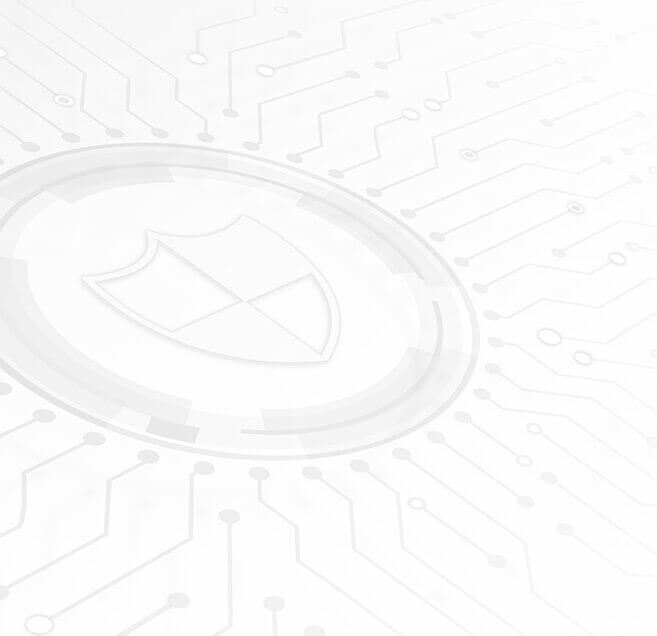
The recent Qantas data breach serves as a stark reminder that cybersecurity is not just an IT issue; it’s a fundamental business risk. The company’s decision to reduce CEO and executive bonuses in recognition of the incident highlights a growing trend, boards are holding leadership accountable for data breaches. This move isn’t just about financial penalties, it’s a clear signal that security failures have tangible consequences at the highest levels.
The Qantas Incident: A Case Study in Vulnerability
The Qantas hack exposed the personal data of up to six million customers, including names, email addresses, phone numbers, birth dates, and frequent flyer numbers. While no financial or passport data was compromised, the breach still represents a significant failure in data protection.
The attack vector, a third-party customer service platform, underscores the dangers of supply chain vulnerabilities. Weak authentication protocols and a lack of adequate employee training are often the root cause of such incidents, allowing cybercriminals to exploit the “human element” to gain unauthorised access.
Vulnerability Scanning
For any organisation, the key to preventing a similar fate is to shift from a reactive to a proactive security posture. A vulnerability scan is the crucial first step. It is an automated process that systematically probes an organisation’s IT infrastructure, including networks, applications, and third-party systems, to identify known security weaknesses.
The scan generates a report that prioritises vulnerabilities based on their severity, allowing security teams to focus on the most critical issues. This process helps to:
- Identify Weaknesses: Uncover misconfigurations, outdated software, and other security gaps before they can be exploited.
- Enhance Authentication: Pinpoint areas where weak or missing multi-factor authentication (MFA) leaves a door open for attackers.
- Strengthen Third-Party Defenses: Assess the security of vendors and partners who have access to your sensitive data.
The Qantas incident is a lesson in the high cost of inaction. A data breach leads to not only financial losses from fines and legal fees but also severe reputational damage and a loss of customer trust. Taking a proactive approach with a comprehensive vulnerability scan can help you build a resilient defense against an ever-evolving threat landscape. Don’t let your company become the next headline; act now to secure your digital future. Discover if Mondas can support your journey towards a more resilient IT infrastructure, contact us today.





